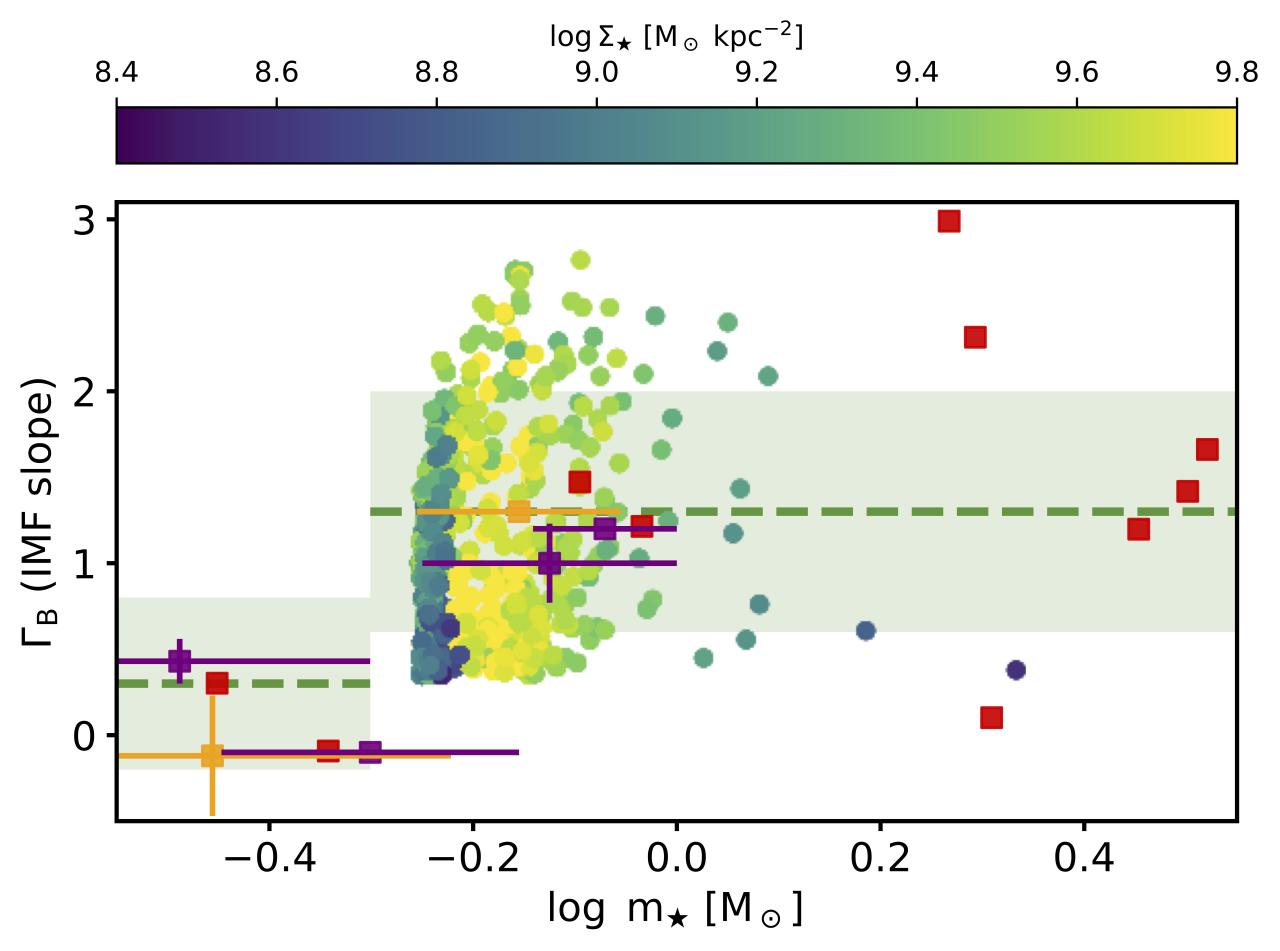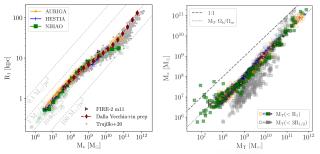The universality of the stellar initial mass function (IMF) is one of the most widespread assumptions in modern Astronomy and yet, it might be flawed. While observations in the Milky Way generally support an IMF that is invariant with respect to the local conditions under which stars form, measurements of massive early-type galaxies systematically point towards a non-universal IMF. To bridge the gap between both sets of evidence, in this work we measured for the first time the low-mass end of the IMF from the integrated spectra of a Milky Way-like galaxy, NGC3351. We found that the slope of the IMF in this galaxy is similar to that measured in our own galaxy. However, there are subtle yet clear and spatially coherent variations in the observed fraction of low-mass stars (i.e., in the IMF). Our results suggest that systematic variations in the IMF appear to be present in Milky Way-like galaxies.
Advertised on
Authors
Ignacio
Martín Navarro
Adriana de
Lorenzo-Cáceres Rodríguez
Dimitri Gadotti
Jesús
Falcón Barroso
Jairo
Méndez Abreu
et al.
References




